The foster care system and others failed Ma’Khia Bryant — and Black kids like her
Opinion: Dr. Stacey Patton, who recounts her personal experiences in the foster care system, says 16-year-old Ma'Khia Bryant deserves to be humanized beyond her tragic police-involved death.

“There is no place in this world for Black children.”
W.E.B. DuBois wrote these words in 1904 to convey the mean-spiritedness of mainstream life to the first generation of Black children growing up in the decades after slavery. His words still ring true today as the nation continues to deal with serial state violence against Black adults and children.
As much of the mainstream press heralded the guilty verdict in the Derek Chauvin trial, calling it a watershed moment or declaring it to be a sign that the blue wall of silence is eroding and racial progress is on the horizon, Black America is still processing the police killings of four young people over the past few weeks: Daunte Wright, 20, Adam Toledo, 13, Anthony J. Thompson Jr., 17, and Ma’Khia Bryant, 16.
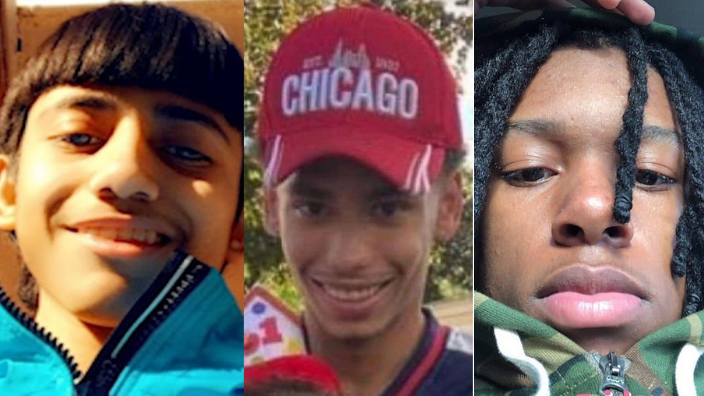
Research shows that Black children are six times more likely to be shot to death by police than their white peers, and 93 percent of these killings are boys.
Every one of these shootings has a different story behind them. It is easy to blame the police officers, to villainize the young victims, and to cast them as the architects of their own death. What’s not so easy is for us to be brave enough to have difficult and honest conversations about who these young people were, how we got to these tragic incidents, the root causes of violence in our culture, and how we could have changed these stories.
Read More: Columbus officer who fatally shot Ma’Khia Bryant identified
Let’s talk about the latest victim, Ma’Khia Bryant.
If we believe the police and press accounts and chatter on social media, this honor roll student was some crazy girl lunging at two people with a knife and got shot four times in her chest for it by a cop who had to make a split-second decision.
Folks have been debating whether the cop should have used a taser instead of his gun. They’ve asked why he didn’t shoot her in the leg or arm. Why did he have to shoot her four times? Why didn’t she stay in the house after she called the police to report that she was being attacked by two women? Why didn’t she drop the knife once the police arrived? Why didn’t the officer try to de-escalate? How could he shoot a child?
But this is not the whole story. Bryant deserves some kind of understanding and humanizing, and her killing needs context.
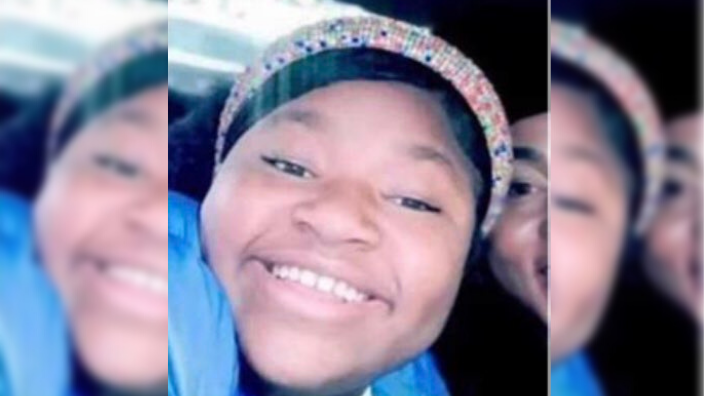
Ma’Khia Bryant’s aunt and mother gave tearful interviews where they expressed their love for her. But we still don’t have concrete details that provide a full picture of the chain of events that led up to her death. We mostly have a lot of conjecture. We do know that she was in foster care, but we don’t know why. And there are allegations that Bryant’s foster mother called two women to come to her home to beat her up.
What kind of dysfunction was happening in that foster home that turned into a street fight that turned into Bryant being shot by the police? Why was this child defending herself against grown women? Why aren’t we analyzing why this teenager had to make split-second decisions to save her own life only to have it taken away?
Bryant has her own personal narrative that we may never learn about. But I am writing in defense of her because I know firsthand how traumatizing the American foster care system can be and the fact that she was a ward of the state has everything to do with her death.
I am case number KC 114343 from New Jersey’s child welfare system. I spent most of my Black girlhood in foster care until I aged out in the late 1990s. I can tell you that I understand why Ma’Khia Bryant picked up that knife on that fateful afternoon when she was killed.
Read More: 2 missing siblings found in Alabama after being taken from NY foster home
Here was a stressed out teenager. We don’t know exactly why she and her sister were placed in foster care. But the siblings were in placement because their family of origin was likely going through some kind of crisis. They may have been removed from their parents because they were unsafe, experiencing physical or sexual abuse or neglect, or their parents were unable to care for them. Sure, her mother told the press that she loves her daughters and were trying to get them back. My adoptive mother who beat the hell out of me with extension cords and other weapons said the same thing.
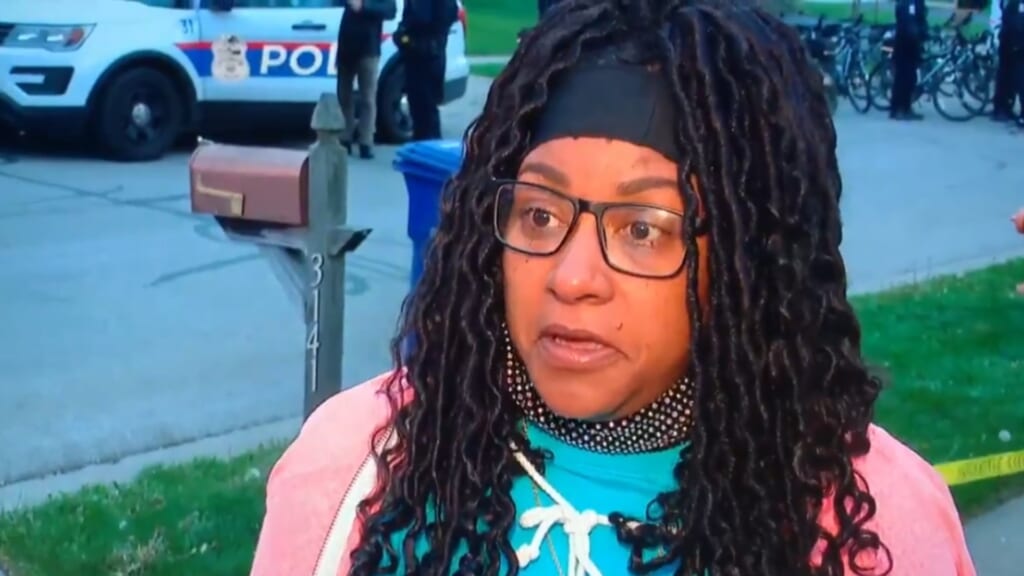
The very act of being placed in foster care adds additional trauma because it means the loss of all that is familiar to a child. It is disruptive, unpredictable, and sometimes retraumatizing depending on the type of home or facility where the child is placed.
America’s foster care system, which is home to more than 400,000 young people on any given day, can be lifesaving as it was for me, and a heartless bureaucracy and punitive racialized system that churns out the walking wounded. Black children are overrepresented in the foster care system, which tends to disproportionately monitor, regulate, and punish poor Black families. The predominantly white and female workforce often lacks cultural competency skills and far too often re-traumatizes children of color who suffer negative outcomes.
According to federal data, Black children are placed into foster care at twice the rate for white children. They are more likely to be placed into foster care than receive in-home services even when they have the same problems as white children. Black children stay in foster care longer, receive fewer services, are more likely to be given psychotropic medications to control their behaviors, and increasing numbers are being funneled through the foster-care-to-prison pipeline.
This is not a system that is designed to heal, empower, or prepare children to become healthy, thriving and productive adults. When Black families and communities fail their children, they are placed at risk for an entire ecosystem of negative outcomes.
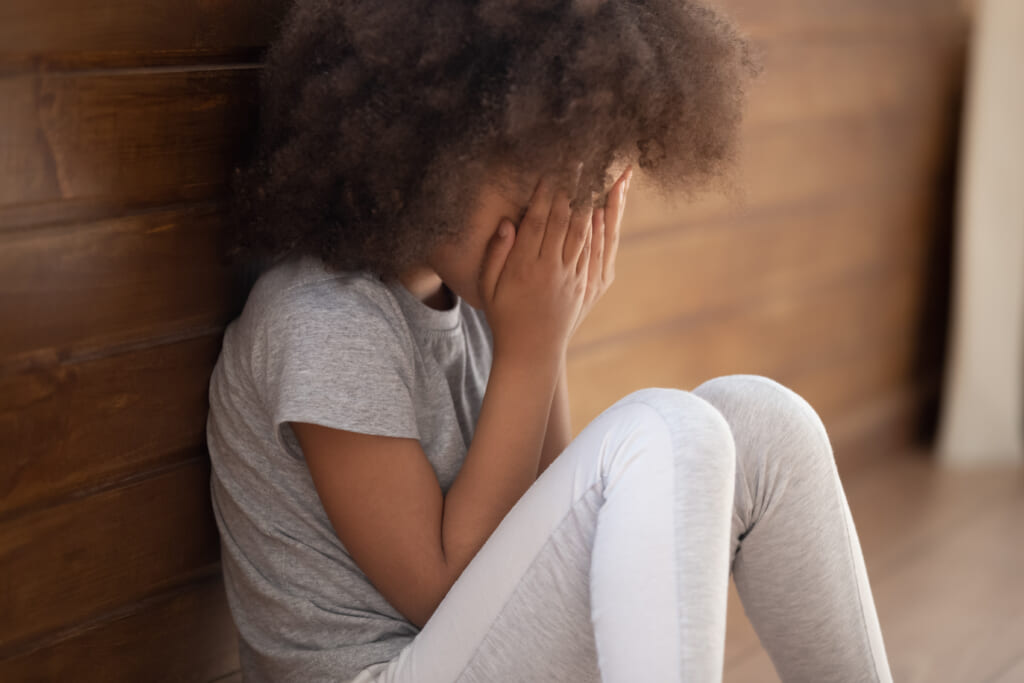
For example, The National Coalition for Child Protection Reform has reported that foster care is generally unsafe for children. The NCCPR has found that cases of sexual abuse in foster care are more than four times higher than the rate in the general population, and in group homes, there was more than ten times the rate of physical abuse and more than 28 times the rate of sexual abuse as in the general population. One-third of foster children reported being abused by a foster parent.
Some foster children return home, some get adopted, and far too many age out and then struggle badly, with more than one in five becoming homeless after the age of 18. Instead of making a successful transition into productive adulthood, many former foster youth suffer from emotional problems and chronic health conditions. Less than half graduate from high school by the time they leave the system. Half of youth use illegal drugs. Fewer than 3% earn a college degree. They also face higher rates of unemployment and public assistance, and their own children are more likely to need foster care services. Add to that, one in four former foster youth end up in prison within two years of leaving the system.
In a nutshell, the American foster care system effectively plays its role in perpetuating economic and racial inequality and cycles of trauma. What happened to Bryant should be a cautionary tale for Black parents about the horrible outcomes that can happen to youth who have the misfortune of being placed.
I had multiple placements and did not develop close bonds with my numerous white and Black foster parents whom I believed looked after kids like me and Ma’Khia Bryant for a paycheck. I was also placed in youth shelters and a group home for abused teens where I was often bullied by older girls. I was angry all the time. I felt unheard. I often couldn’t reach my social worker when I had problems in my placement. They were too busy with case overloads.

In some of my placements things were locked up – the refrigerator, food pantry and windows, and bedroom doors had alarms on them. I felt like I was in prison. There were all these rules about how kids and staff were not allowed to hug or touch us. All the shrinks we were forced to see were white and had a hard time connecting with us and felt they didn’t understand us. The staff were always walking around with logbooks and clipboards jotting down observation notes about us.
I witnessed kids who ran away from their placement to go back home often get arrested and brutalized by cops when they were returned. It was often hard to distinguish whether we were victims in protective care or if we were juveniles being treated like delinquents in some of these settings. When I moved from one placement to the next my belongings were packed in garbage bags. The intake staff wore gloves to take inventory of my stuff, making me feel like I was dirty or contagious.
Holidays and birthdays were not special times. I felt ashamed to be a foster kid. Ashamed to be an adoptee. Ashamed that I had to walk around with extension cord marks on my face. Ashamed that I didn’t live in a normal family that loved and protected me. Ashamed that I felt abandoned by my Black family and community that left me to navigate a gantlet of white state agents.
I never felt like I was part of any foster family. I felt like a refugee, always the outsider, and I knew that a placement could abruptly end at any time. If the foster parents had biological children of their own, there was a huge difference in how I was treated verses their own. I’ve heard stories among Black foster youth about being whupped by their foster parents, even though state agencies don’t allow this kind of punishment.
Black folks often chuckle at that scene in Tyler Perry’s Diary of a Mad Black Woman where Madea beats her foster child (played by Keke Palmer) for being disrespectful. But the reality is that so many traumatized Black children are placed in foster homes that are unsafe and retraumatizing.
I had a Black foster mother who was a Jehovah’s Witness that got upset with me for refusing to knock or doors on Saturdays. One of her drunk relatives cussed me out and threatened to knock my head off. I had at least two violent incidents when I was 14. I was slapped by a 17-year-old boy while playing basketball. I had thrown the ball at him because he kept groping me. His slap was followed by me busting him in the head with a metal footstool.
In another incident, an older girl who bullied me for weeks found herself on the receiving end of me beating her with my spiked track shoes when she barged into my room to fight. At that time, I didn’t give one thought to the fact that I could have seriously injured or killed one of those kids, who had their own pent-up traumas, grief, losses, and anger. My body and brain didn’t work that way. Nobody was teaching us how to heal, how to manage our bodies and emotions. I was always danger mapping and living in survival mode all the time.
So, I wonder about Bryant’s journey to foster care. Had she already suffered her share of physical or sexual abuse? Was she grieving the loss of family, friends, privacy? How was she treated by her foster mother and her relatives before the days leading up to her death? Did she feel voiceless? Was she always danger mapping?
It is important for us to speak about Bryant as a developing person growing up in a racist society that kills Black children slowly. Because Black folks, much like white folks, like to adultify Black children with unreasonable expectations for their behaviors. This child likely had an accumulation of stress in her body — ancestral and genetic stress that affected her birth mother while she was pregnant. Stress from poverty, perhaps. Stress from living in a food desert and around eco-hazards, maybe. And the stress of navigating the foster care system.
Add to that she was likely suffering from disruptions in brain development caused by complex trauma which likely impacted the way she expressed emotions and responded to the people in her environment.
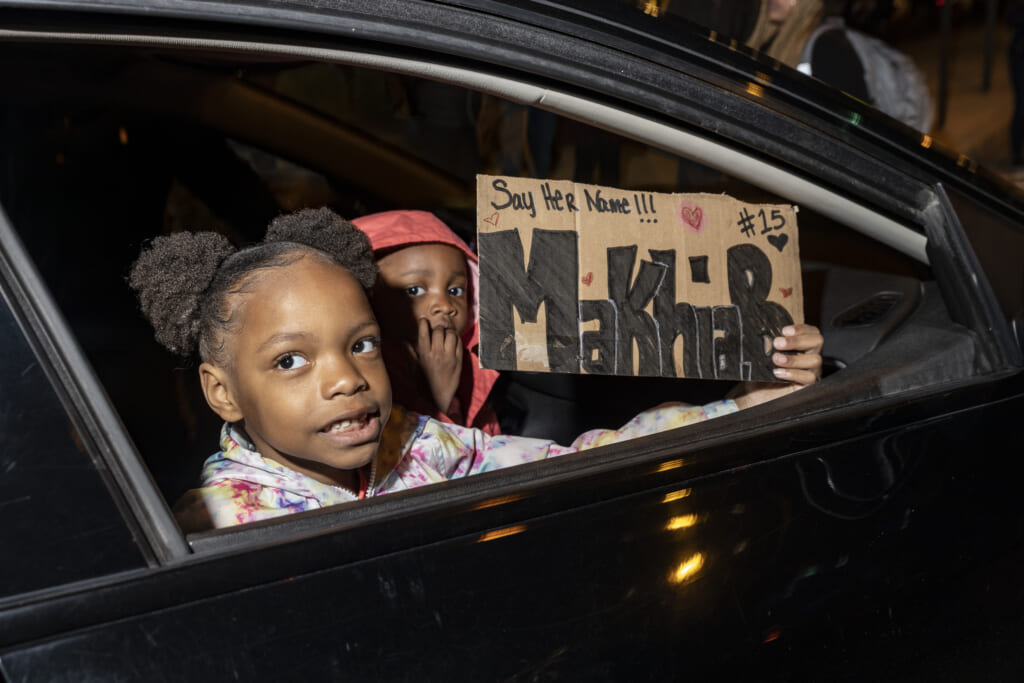
If she was living in a hostile foster home, her body was likely in a constant state of hyperarousal. Everything was a danger to her. I wonder how many times she had picked up a knife before that fateful day. What I saw on that video footage was a young girl in fight-or-flight mode. In survival mode. That rush of dopamine in her body was overriding any logic and reasoning in that moment. That’s why she likely didn’t stay in that unsafe house. That’s why she didn’t drop the knife when the police arrived.
You can’t subject children to toxic stress and abuse and expect their young brains to make good judgement calls. You can’t expect them to know how to manage their bodies and to discharge the stress pent up in their nervous system. You can’t expect them to have the cognition of full-grown adults.
Let’s be real – had Ma’Khia Bryant not been in the foster care system in the first place, we’d likely not be having this conversation. A police officer’s bullets killed her, but anybody who played a role in shaping her brain and subjecting her to degrading experiences is culpable.
We can rightly blame systemic racism and trigger-happy cops. But Black folks must also begin to have some hard conversations about how we can stop priming our children to fall victim to these systemic traps in this racist, spiritually dead culture that requires the blood of our children to perpetuate itself.
We can’t change white people. We can’t reform this system. We’ve been at this death game for centuries with them. But our energies should be focused on helping our children survive this gantlet of oppression so that they don’t have to pick up butter knives to defend themselves, like Ma‘Kiah Bryant had to do.
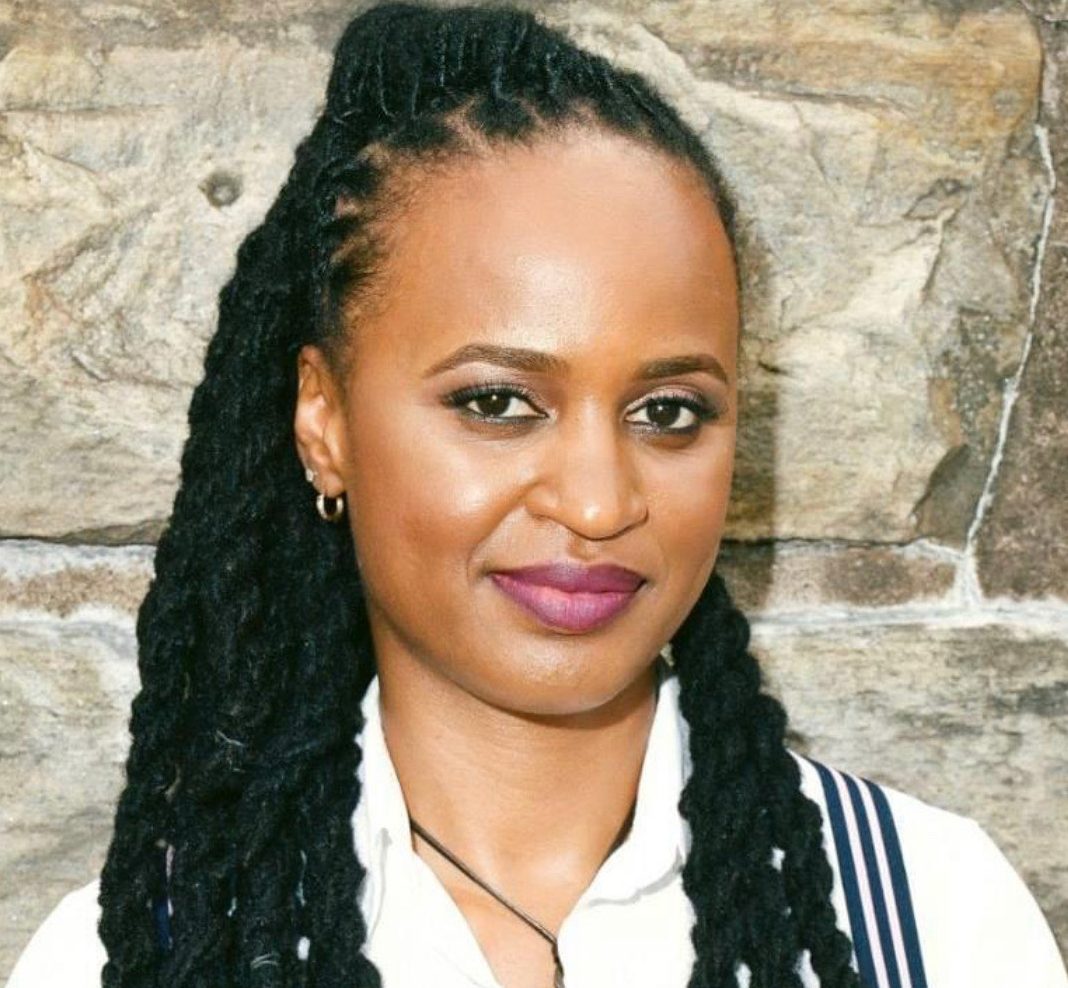
Stacey Patton, PhD is the author of Spare The Kids: Why Whupping Children Won’t Save Black America and the forthcoming book Strung Up: The Lynching of Black Children in Jim Crow America.
Have you subscribed to theGrio’s “Dear Culture” podcast? Download our newest episodes now!
TheGrio is now on Apple TV, Amazon Fire and Roku. Download theGrio.com today!
More About:Black History Month Opinion
